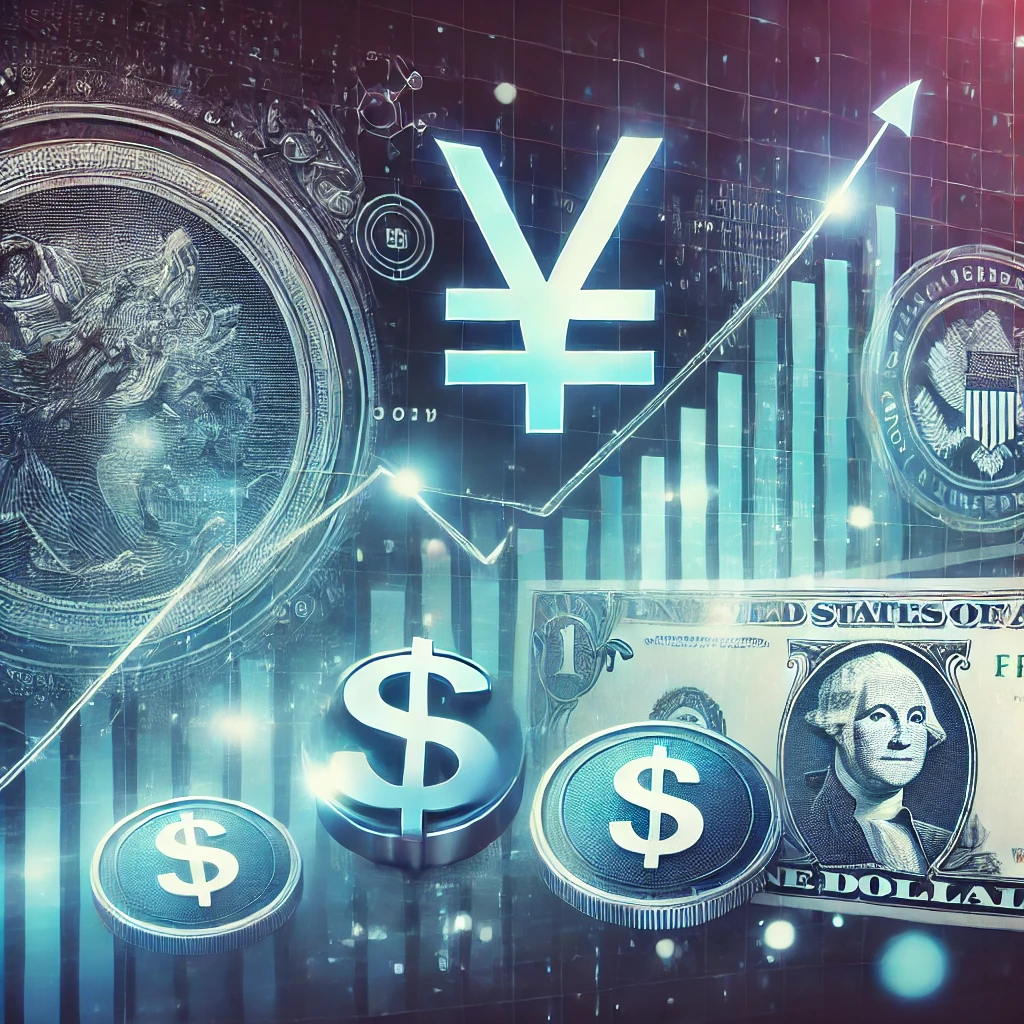
Dollar Gains on Yen Amid BOJ Uncertainty as Euro Stabilizes After Sell-Off
The dollar strengthened against the yen on Monday, buoyed by comments from Bank of Japan (BOJ) Governor Kazuo Ueda, who indicated a gradual approach to monetary tightening. Meanwhile, the euro found stability after hitting a one-year low late last week, as markets remained focused on tariff risks under President-elect Donald Trump’s administration.
Dollar-Yen Dynamics
In his first public commentary on monetary policy since Trump’s U.S. election victory on Nov. 5, BOJ Governor Kazuo Ueda emphasized that interest rates would rise gradually if economic conditions align with the central bank’s outlook. However, he refrained from specifying whether a December rate hike is likely, citing risks to both the domestic and global economies.
This lack of clarity saw the dollar climb 0.62% to 155.12 yen, recovering from Friday’s low of 153.86. Last week, Japanese Finance Minister Katsunobu Kato cautioned markets against excessive yen weakening, hinting at potential intervention if the currency depreciates too rapidly.
“The market was keen for explicit signals on a potential December rate hike,” said Lee Hardman, a currency analyst at MUFG. “Governor Ueda’s cautious tone left the door open but offered no clear commitments.”
Market pricing indicates a 54% chance of a quarter-point BOJ hike in December, unchanged from prior expectations.
Euro: Stabilizing After a Yearly Low
The euro remained flat at $1.0537, hovering near Thursday’s one-year low of $1.0496. Trump’s pro-tariff stance has fueled concerns about potential restrictions on European and Chinese trade, adding downward pressure on the euro.
Francesco Pesole, a currency strategist at ING, speculated on the euro’s trajectory, saying, “If protectionist policies materialize next year, parity between the euro and dollar becomes a realistic possibility.”
Markets are also closely watching Trump’s pick for Treasury Secretary, with names like Kevin Warsh and Marc Rowan reportedly under consideration. Analysts predict that Trump’s policies—focusing on tariffs, tax cuts, and reduced immigration—could stoke inflation, thereby reducing the likelihood of further Federal Reserve rate cuts.
Other Currency Movements
- Sterling: Held steady at $1.2622 after a 2.5% drop since the U.S. election.
- Dollar Index: Hovered at 106.77 after reaching a one-year high of 107.07 last week, bolstered by rising U.S. Treasury yields.
Upcoming Market Events
Key inflation reports are expected this week from the UK, Japan, and Canada, offering further insights into global economic health. Additionally, manufacturing surveys set for later in the week will gauge sentiment post-election.
With seven Federal Reserve officials scheduled to speak, along with several European central bankers, markets will closely watch for updates on monetary policy and economic forecasts.
